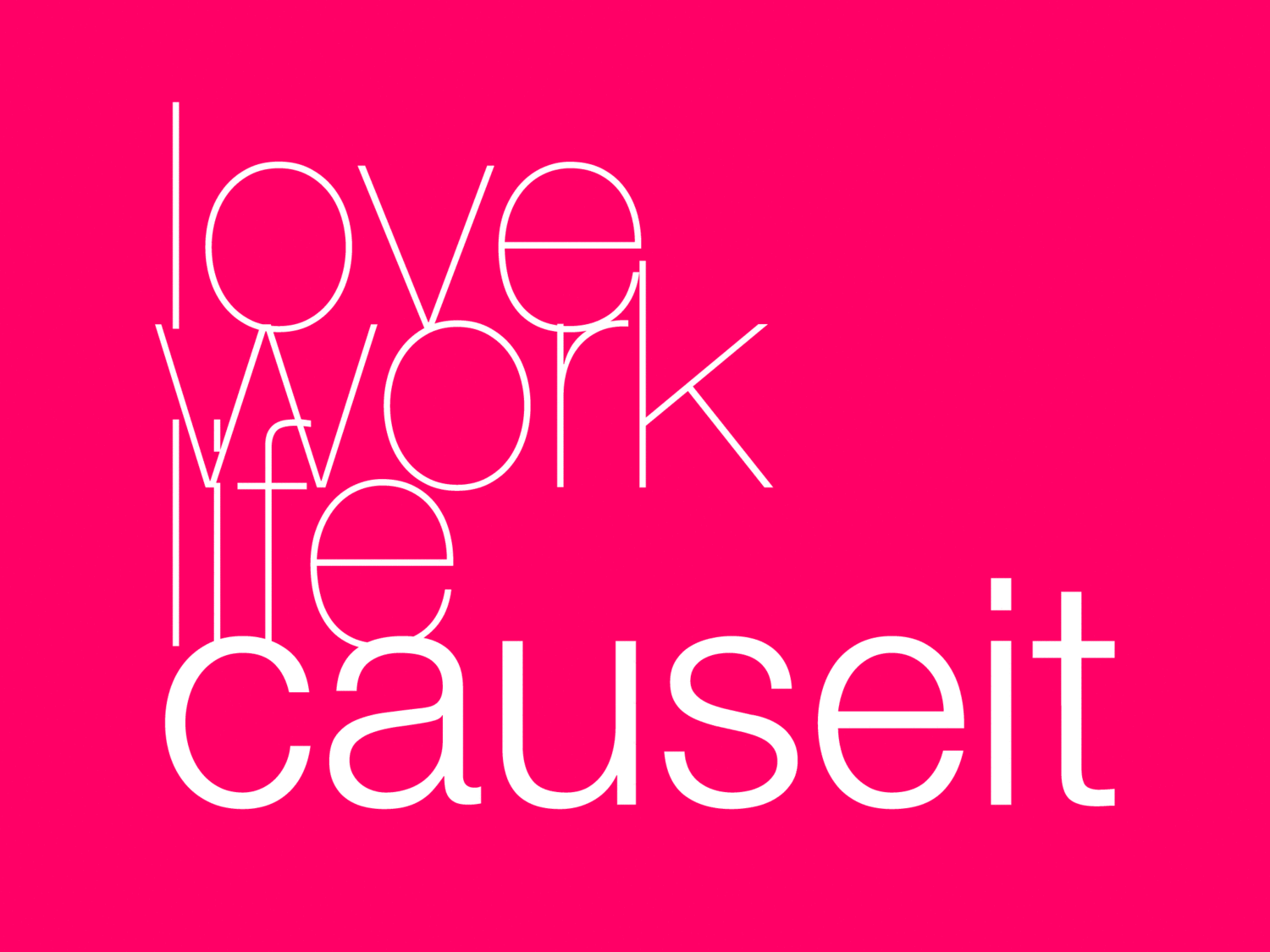“Business model innovation may look complicated. But one of our oldest technologies—agriculture—provides a surprisingly simple lens for navigating this innovation process.”
Why you should care:
Innovation and collaboration must move through a lifecycle that includes idea, launch, scaling and completion—but most teams are not designed to be effective in all phases
Effective innovation requires attention to the 'biggest picture' of the environment around your business, the 'big picture' of your whole company's business model, and the 'little picture' of what each of your customers has to do their in their lives
Design of teams based on thinking styles supports creativity and resilience, and a process which includes all types of thinkers is more likely to succeed
Innovation can be accelerated by creating reciprocal links between members of various teams with responsibilities across the entire organization
Capacity can be increased by creating reciprocal links between members of various team who think in similar ways, resonating with one another
For eons, and across many cultures, humans have conceived of creating value in one very simple way: the four seasons of a year which correlate to planting seeds, helping them take root, harvesting crops, and plowing the ground to prepare for the next planting. Business could think of innovation in the same way. Whether it’s a new product or an expense management process, every idea goes through these four phases—or seasons—of innovation.
My colleague Miles Kierson often defines the phases of execution as formulation, manifestation, realization and culmination—four phases which correspond well to spring, summer, fall and winter. Each season has its own characteristics, its own feel, pace and tensions. Each season also requires different tools, skills and strategies, with key projects along the way.
In a small enterprise, all phases of a project or initiative may be executed by the same team. In larger organizations there may be handoffs from one team to another as one phase ends and another begins. A team that carries projects through the entire cycle will need to include people with diverse thinking styles and ways of working so that it can stay effective as the demands of the project shift from season to season. Teams that are handing off projects may be highly specialized, but chances are they will have at least occasional requests for support from other teams working on other parts of the lifecycle. In both of these scenarios, it’s useful to understand what kind of thinking you or your team are best suited to provide in relationship to what each season of innovation requires.
Before looking at the thinking styles and worktypes as they apply throughout the seasons, you may want to read the article What Kind of Thinker Are You? and our companion piece, Being a Thought Partner, and/or take this quiz on worktypes to find out how your way of thinking and working fits into this model.
This article also references business model innovation concepts, such as the Business Model Canvas [offsite link], created and popularized by the Strategyzer group. You can find books about the concept at www.causeit.org/bookshelf ; to get started quickly, watch this video on how the Business Model Canvas works:
A 2 minute overview of the Business Model Canvas, a tool for visionaries, game changers, and challengers. This method from the bestselling management book Business Model Generation is applied in leading organizations and start-ups worldwide.

